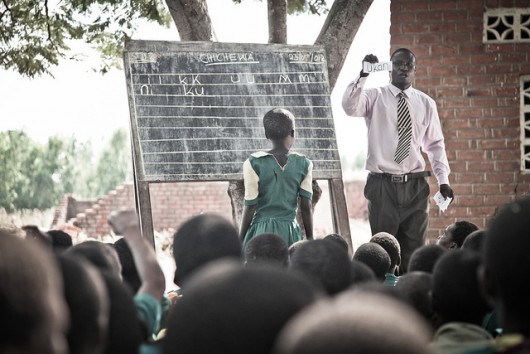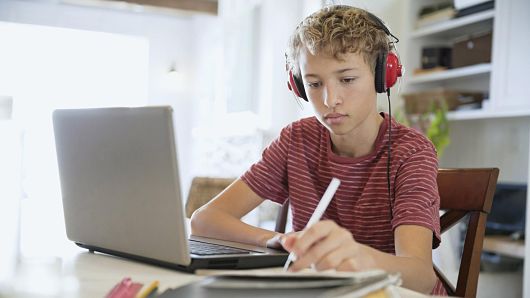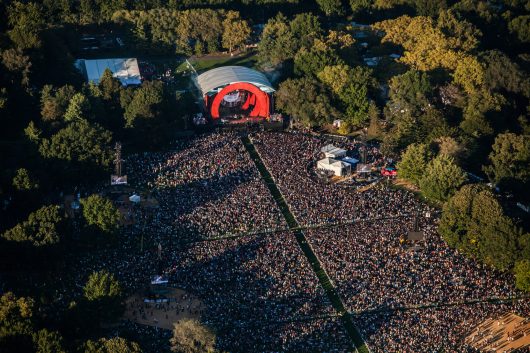
Now in its fifth year, the popular and innovative online campaign of the Global Citizen Festival has called upon music fans to win political support in tackling issues including global education. The festival’s ongoing goal is to eradicate extreme poverty by 2030.
The Global Citizen Festival kicked off its advocacy season by mobilizing fans to complete a number of tasks on their online platform. Strategically aligned with the U.N. General Assembly dates, users were encouraged to sign their name on poverty-related petitions, tweet photographs to world leaders and mobilize friends.
As an incentive, participants earned the chance to attend the Sept. 24 concert in NYC’s Central Park, which showcased a line-up of famous performers such as Rihanna, Selena Gomez and Metallica. Most importantly, participants felt like a part of a coalition that shapes poverty awareness, policy-making and the overall conversation of global poverty and inequality in international affairs.
On their website, Global Citizen explains, “The effects of small actions are not always obvious, but by working together specific and tangible outcomes are achieved.” In previous years, the organization has highlighted various initiatives to help mobilize support and successfully secure international funds for poverty-related issues such as sanitation, food resources and education.
In 2014, Global Citizen successfully mobilized 40,000 participants to sign a petition to support the Global Partnership for Education as well as send 2,284 tweets to Raj Shah, Administrator of USAID. This mobilization not only doubled the budget to $40 million for the 2014 financial year but enabled further commitment of $45 million in 2015 and an additional $70 million in 2016.
This year, one of Global Citizen Festival’s featured campaigns is Education Cannot Wait, which is timely as the fund launched in May and more pledges from world leaders are needed. The Education Cannot Wait Fund is a government fund for global education for children in emergencies. The fund strives to ensure that education is not disrupted for children in humanitarian, war and refugee crises.
According to the Education Cannot Wait Fund, approximately 75 million children ages 3 to 18 are currently out of school due to wars, natural disasters and other emergencies. Moreover, Evelyn Rodriquez-Perez, director of USAID’s Office of Education in Washington, D.C., states that the world is facing the worst humanitarian crisis since World War II, as conflicts in Syria and 35 crisis-affected countries disrupt education for 43 million children.
In a U.N. article, Special Envoy Gordon Brown stated, “We believe that this fund will offer young people hope because when we ask ourselves what breaks the lives of once thriving young children, it’s not just the Mediterranean wave that submerged the life vest, it’s not just the food convoy that does not arrive in Syria, it is also the absence of hope; the [..] certainty that there is nothing ahead to plan […] for, not even a place in school.”
With less than two percent of humanitarian aid going toward global education, hope for children and the significance of education in humanitarian crises as they help them recover from trauma, provide normalcy and rebuild their futures will continue to be disparate.
In acknowledgment, The Global Citizen Festival has called fans to advocate for the fund, asking citizens to reach out to world leaders from France, Switzerland, Canada, Kuwait, Finland, Germany and Denmark to commit to a pledge. These mobilizing efforts of the Global Citizen’s campaign will not only assist in securing more funding and increasing pledges by world leaders but will hopefully continue to make a big difference at future U.N. General Summits.
– Priscilla Son
Photo: Flickr
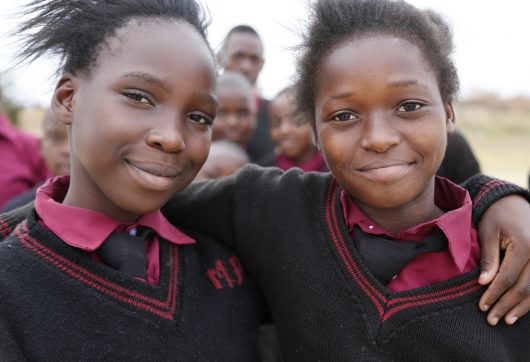
 Circle of Sisterhood is an organization comprised of college-educated, American sorority women working together to provide educational opportunities for girls and women around the world.
Circle of Sisterhood is an organization comprised of college-educated, American sorority women working together to provide educational opportunities for girls and women around the world.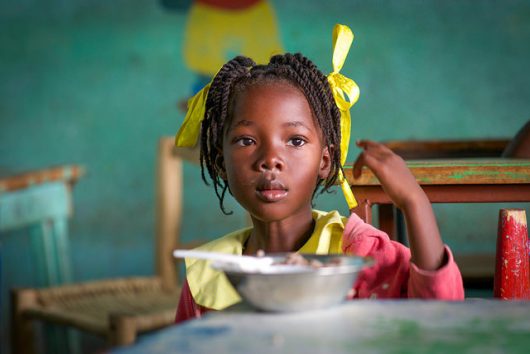
 Amazon, a large internet-based retailer, recently launched Amazon Inspire. The website provides an online marketplace for educators around the world, but with one key difference: all of its products are free.
Amazon, a large internet-based retailer, recently launched Amazon Inspire. The website provides an online marketplace for educators around the world, but with one key difference: all of its products are free.
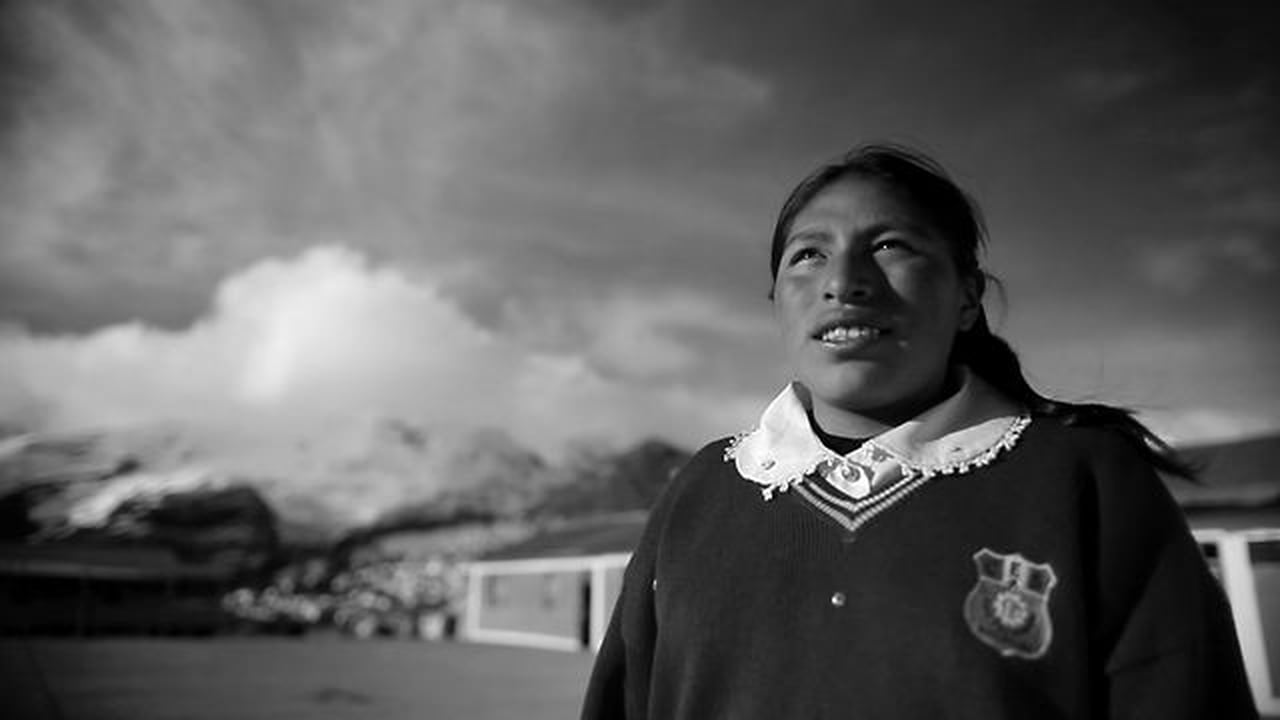
 Leaders from the private and public sectors came together in Dubai on March 12-13 to discuss tactics for improving global education in the fourth annual Global Education and Skills Forum (GESF).
Leaders from the private and public sectors came together in Dubai on March 12-13 to discuss tactics for improving global education in the fourth annual Global Education and Skills Forum (GESF).